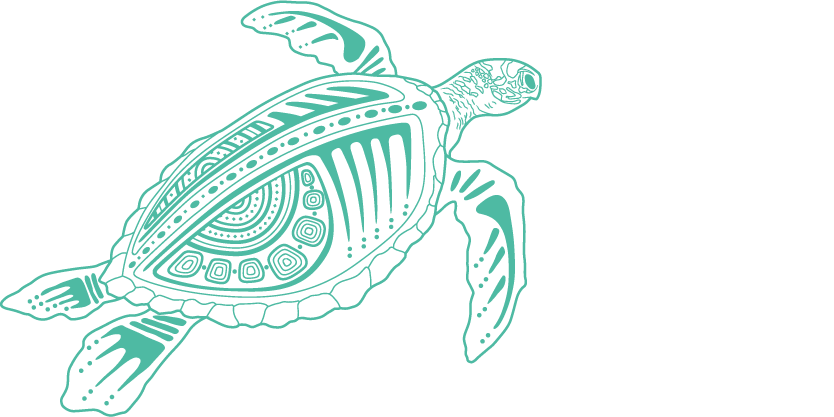Legacy human-use impacts encompass activities that caused significant environmental change in the past and continue to have major effects today, such as historical land clearing, coastal development and overfishing.35 Legacy infrastructure that has modified the movement of water and species between the Reef and its Catchment continues to affect species and habitats 36 (Sections 3.4.10, 3.5, and 6.4.2). Historical commercial exploitation can also have ongoing effects on populations. Some species that were commercially exploited in the past have recovered well, such as humpback whales.35 Populations and habitats can take decades or longer to fully recover to their pre‑disturbance state, and some have been irrevocably altered.37 Species and habitats that have yet to recover from historical disturbances include dugongs, some marine turtles, and certain islands that were cleared and mined for guano. For example, after 100 years of European settlement, many Reef islands still require active pest management programs to treat the legacy of pests introduced more than a century ago,38 although contemporary impacts of recent pest re-incursions can confound the effects of historical introduction.
Legacy human-use impacts continue to have major effects today
Certain legacy impacts to inshore reefs and other habitats are linked to eroded topsoil and sediment particles originating from Catchment areas that have been transported and deposited in the Reef lagoon since European settlement 39 (Section 6.5). During this time, suspended sediments entering the lagoon are estimated to have increased up to five-fold, largely due to human influences.40 These sediments carry a historical record of human activities and land use changes within the Catchment.41 They also represent a large reservoir of nutrients, organic matter, fine particles, and other pollutants, such as pesticides that continue to affect inshore ecosystems 42 (Sections 3.3.1 and 6.5.2).
Climate change is now part of a suite of legacy impacts, shaping ecosystem compositions and resultant biodiversity, ecosystem functions and services. Warming oceans are leading to novel ecosystem compositions as different species thrive or fail and species range shifts occur.43 In some of these situations returning ecosystems to historical baselines may no longer be possible.


